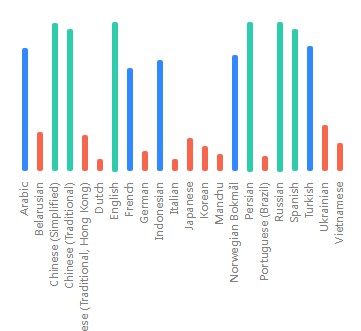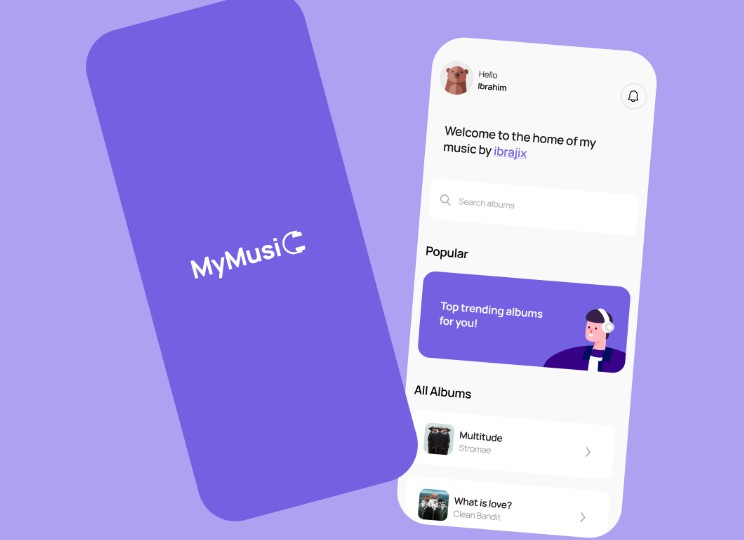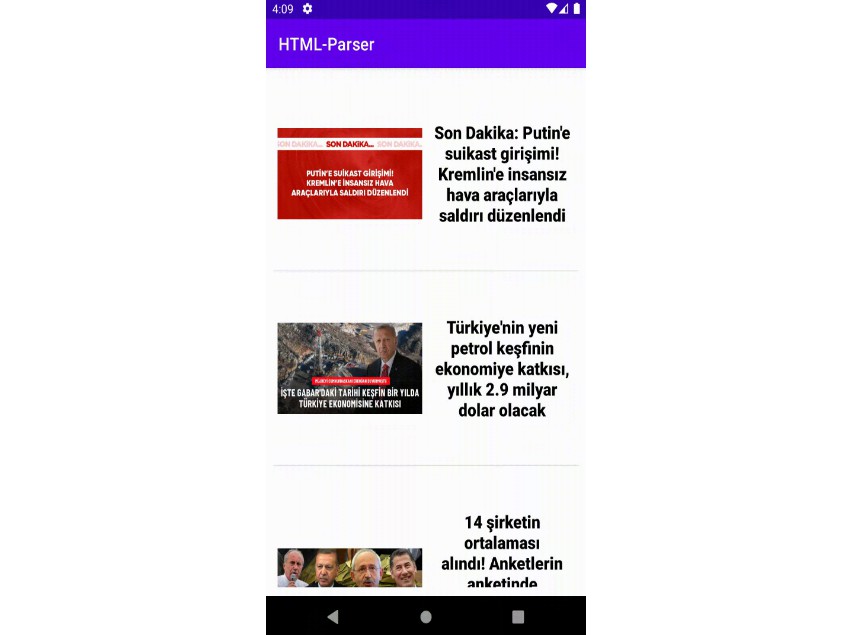VDS/VDS-NC Parser for the JVM
Parse and verify a Visible Digital Seal or VDS-NC (Non-Constrained).
How to use
Decode the barcode
Reading a barcode is not part of this library.
You can use the ZXing barcode library to decode a barcode and use the read contents with this library.
Note: VDS DataMatrix barcodes contain binary data. To extract the raw
byte array from a Result object, the BYTE_SEGMENTS need to be
appended manually. Unfortunately, Result.getRawBytes() cannot
be used because it returns the raw encoded data, not the payload in it.
Here’s a sample of how to do it in Kotlin:
import com.google.zxing.Result
import com.google.zxing.ResultMetadataType
fun Result.getRawData(): ByteArray? {
val metadata = resultMetadata ?: return null
val segments = metadata[ResultMetadataType.BYTE_SEGMENTS] ?: return null
var bytes = ByteArray(0)
@Suppress("UNCHECKED_CAST")
for (seg in segments as Iterable<ByteArray>) {
bytes += seg
}
// If the byte segments are shorter than the converted string, the
// content of the QR Code has been encoded with different encoding
// modes (e.g. some parts in alphanumeric, some in byte encoding).
// This is because Zxing only records byte segments for byte encoded
// parts. Please note the byte segments can actually be longer than
// the string because Zxing cuts off prefixes like "WIFI:".
return if (bytes.size >= text.length) bytes else null
}
Parse the barcode contents
VDS are binary data, VDS-NC are just text.
VDS
Once you have a ByteArray with the content of a VDS barcode, you can
parse and verify it like this:
import com.kurzdigital.vds.security.CertificateListIterator
import com.kurzdigital.vds.vds.decodeVds
import com.kurzdigital.vds.vds.labelStringPairs
import com.kurzdigital.vds.Label
import java.security.cert.Certificate
fun parseAndVerifyVds(
content: ByteArray,
certificates: List<Certificate>
): Boolean {
val vds = content.decodeVdsOrNull() ?: return false
// Inspect vds.header here if desired.
// Either inspect specific messages of specific types.
when (vds.type) {
VISA -> {
// Do something with:
vds.messages[Label.MRZ].toString()
vds.messages[Label.ARZ]
}
// …
}
// Or just enumerate all messages.
for (message in vds.messages.labelStringPairs()) {
// message is of type Pair<Label, String>
}
// Verify with your list of certificates.
return vds.verify(
CertificateListIterator(certificates)
)
}
See the test sources for a sample of how to load a list of Certificates.
VDS-NC
This is how to parse and verify VDS-NC:
import com.kurzdigital.vds.vds.decodeVdsNcOrNull
import java.security.cert.TrustAnchor
fun parseAndVerifyVdsNc(
content: String,
trustAnchors: Set<TrustAnchor>
): Boolean {
val vdsNc = content.decodeVdsNcOrNull() ?: return false
// Inspect vdsNc.header here if desired.
// Either inspect specific messages of specific types.
when (vdsNc.type) {
PROOF_OF_TEST -> // …
PROOF_OF_VACCINATION -> // …
}
// Or just enumerate all messages.
for (message in vdsNc.messages) {
// message is of type Pair<String, String>
}
// Verify with your set of trust anchors.
return when (vdsNc.verify(trustAnchors)) {
SIGNATURE_INVALID -> false
SIGNATURE_VALID -> true
SIGNATURE_VALID_BUT_CERTIFICATE_UNKNOWN -> false
}
}
You can read the TrustAnchors from an InputStream that holds a
CSCA Master List with com.kurzdigital.vds.security.readCscaMasterList.
See the test sources for a sample of how to do this.
Read VDS and VDS-NC
The simplest approach is to just try and parse:
import com.google.zxing.Result
import com.kurzdigital.vds.vds.Vds
import com.kurzdigital.vds.vds.VdsNc
fun parseAndVerify(result: Result) {
val raw = result.getRawData() // Not getRawBytes()! See above.
val vds = raw?.decodeVdsOrNull() ?: result.text.decodeVdsNcOrNull()
when (vds) {
is Vds -> // …
is VdsNc -> // …
else -> // …
}
}
What about Java?
In Java, you would call the Kotlin extension functions like
ByteArray.decodeVdsOrNull() this way:
import com.kurzdigital.vds.vds.DecoderKt;
import com.kurzdigital.vds.vds.Vds;
class VdsDecoder {
public static boolean parseAndVerify(byte[] content) {
Vds vds = DecoderKt.decodeVdsOrNull(content);
// …
}
}
How to include
Android with Gradle
Add the JitPack repository to your root build.gradle at the end of
repositories:
allprojects {
repositories {
// …
maven { url 'https://jitpack.io' }
}
}
Then add the dependency in your app/build.gradle:
dependencies {
// …
implementation ('com.github.kurzdigital:vds-jvm:1.0.0', {
exclude group:'org.json', module:'json'
})
}
The json module needs to be excluded because Android already contains
the JSON classes.




